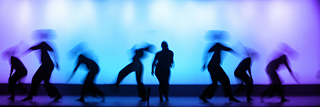Germany's biggest film festival ── Berlinale ── took place from February 15 to 25, 2024. Our blogger, Prathap Nair, offered exclusive behind-the-scenes glimpses, mingling with actors, directors, and fellow bloggers worldwide. Dive into the highlights, movie recommendations, and reviews to enhance your next binge-watching adventure!

